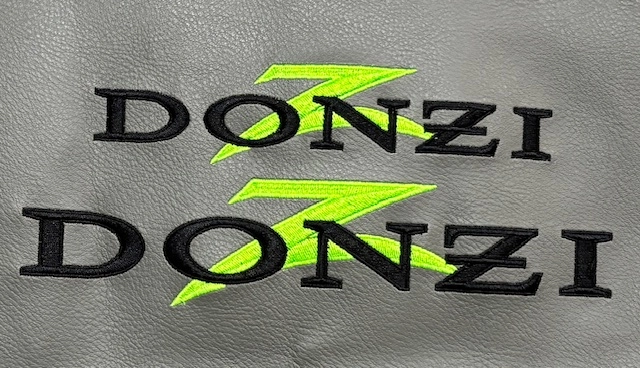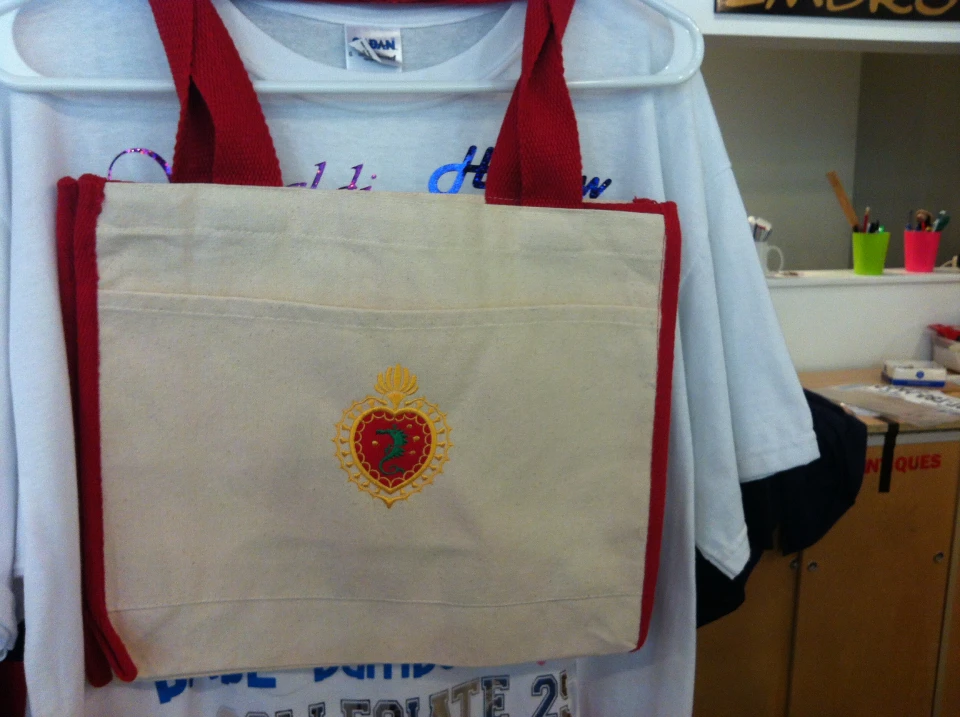The Art of Custom Needlework: Opening the Secrets to Creating Special and Memorable Styles
Needlework, a craft steeped in custom and virtuosity, holds within its intricate stitches the power to change textile right into a canvas of distinct expression. The keys to creating custom-made needlework designs that mesmerize the eye and leave a long-term impression lie in a fragile equilibrium of technique, creativity, and interest to detail. As we dive right into the globe of custom embroidery, we reveal the nuanced interplay in between thread selection, stitch complexity, and style customization that boosts a simple garment to a masterpiece. Join us on a trip via the art of custom embroidery as we decipher the secrets behind crafting genuinely remarkable and distinct creations.
Choosing the Right Embroidery Threads
When choosing needlework strings, what key aspects should you consider to make sure the best outcomes for your personalized styles? The selection of embroidery string is crucial in figuring out the last outcome of your stitched layout.
Additionally, the weight or density of the string plays a considerable duty in the appearance of the embroidery. Thicker strings can include dimension and structure to your layout, while finer strings are ideal for complex information and small text. Furthermore, taking into consideration the color fastness and washability of the string is vital to make sure that your custom styles preserve their top quality and vibrancy over time. By thoroughly reviewing these factors and selecting premium strings that fulfill your details requirements, you can enhance the visual charm and durability of your stitched productions.
Exploring Different Stitch Techniques
To look into the world of 'Discovering Various Stitch Strategies', one need to realize the complexities and nuances that each stitching method brings to the art of needlework. Various stitch strategies not just add visual interest but also add to the overall structure and measurement of the style. One preferred stitch strategy is the satin stitch, which includes carefully packed parallel stitches to create a smooth and glossy surface area, suitable for filling in forms and developing bold outlines.
On the other hand, the backstitch is a functional method typically used for laying out and including fine information. It includes stitching in reverse to produce a strong line of embroidery. Furthermore, the French knot stitch includes a tactile component to styles, ideal for developing distinctive accents like flower facilities or ornamental touches.
Exploring various stitch techniques permits embroiderers to play with light, darkness, and depth within their layouts, raising the visual charm and artistic top quality of their embroidery tasks. By grasping numerous stitching methods, one can unlock endless opportunities for creating one-of-a-kind and memorable custom-made embroidery items.
Incorporating Personalized Design Aspects
Having actually checked out the intricacies of various stitch strategies such as the satin stitch, backstitch, and French knot, the emphasis currently shifts towards incorporating individualized design aspects in custom embroidery tasks. Customized layout elements play a vital role in making needlework tasks truly special and remarkable. One way to integrate customization is by adding initials, names, or considerable days to the design. This not only includes a personalized touch but likewise improves the sentimental value of the embroidery item.
An additional method to integrate tailored style components is by consisting of signs or concepts that hold unique definition to the recipient or mirror their passions and individuality. Incorporating a favorite flower, animal, or hobby-related symbol can make the embroidery design extra purposeful and tailored. In addition, selecting colors that reverberate with the recipient or align with the intended theme can further improve the personalization of the embroidery job.
Understanding the Art of Shade Coordination

One key aspect of color sychronisation is comprehending shade theory. This includes understanding exactly how various shades communicate with each various other, the feelings they share, and just how they can be incorporated to develop aesthetically enticing designs. By applying shade concept concepts, embroiderers can develop unified shade schemes that boost the total appearance of the layout.
In addition, taking note of comparison is crucial in shade control. Making click to find out more use of contrasting shades can aid particular aspects of the style pop, enhance clarity, and create a visually dynamic needlework item. By grasping the art of shade sychronisation, embroiderers can raise their designs and create memorable items that reverberate with clients and visitors alike.
Enhancing Appearance With Advanced Needlework Stitches

French knots, as an example, are best for including little, increased dots to your style, simulating the appearance of beads or producing a textured surface. Bullion knots, on the other hand, can be used to create twisted, ropelike components that add an elegant feeling to the embroidery. Seed stitching includes small, scattered stitches that can fill up in areas with a speckled texture, while turkey work develops cosy, dimensional accents evocative pet fur or foliage. Trying out these sophisticated needlework stitches enables you to push the visit this site boundaries of typical needlework and produce really distinct and visually enticing appearances in your layouts.
Conclusion
To conclude, the art of custom-made embroidery entails a combination of choosing the ideal threads, discovering different stitch techniques, including tailored layout elements, mastering color coordination, and boosting structure with sophisticated stitches. By recognizing and carrying out these key aspects, embroiderers can develop distinct and remarkable designs that display their creativity and ability. Embroidery lovers can unlock the secrets to creating gorgeous and custom pieces that attract attention and leave a long-term impact.